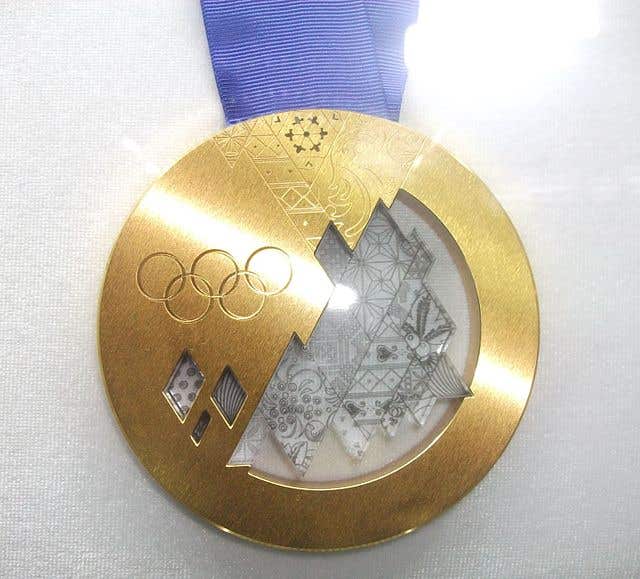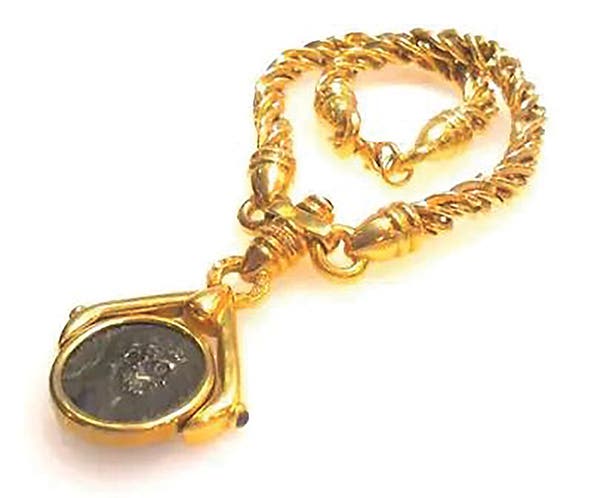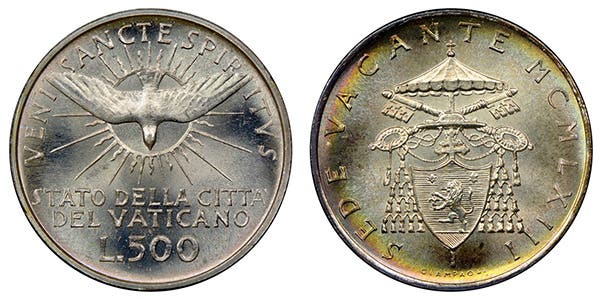Shipwreck Yields Fourth-Century Coins
The recent cache encountered by a diver off the coast of Sardinia are coins originating from a yet-to-be-identified shipwreck.
The sheer number of ancient coins recently discovered off the coast of Sardinia should serve as a reminder to coin collectors that what is rare today may not always be rare.
This is true not only of foreign and ancient coins but of U.S. coins as well. For example, the so-called New York Subway Hoard of about 23,000 coins amassed by New York City Transit Authority workers during the 1940s to the 1960s included 241 1916-D Mercury dimes. These rare dimes impacted the availability and value of these coins to collectors.
The recent cache encountered by a diver off the coast of Sardinia are coins originating from a yet-to-be-identified shipwreck. What has been described as tens of thousands of fourth-century Roman coins will likely change the availability and the collector value of many issues from that time period.
The exact number of coins found had not yet been determined at the time this article was being written, but it was estimated to be between about 30,000 and 50,000 based on their weight.
In an official statement, Italy’s Ministry of Culture’s undersea archaeology department said, “All the coins were in an excellent and rare state of preservation.”
According to the ministry, the coins were encountered in a sandy clearing between the beach and an area of sea grass, a combination that, in theory, could preserve a shipwreck. The find includes “walls” of African and eastern-produced amphorae. Some of the amphorae were described as tall and narrow-necked Roman or Greek jugs with two handles.
The ministry statement noted the find is larger than the 22,888 ancient Roman bronze follies coins found in 2013 in Seaton in the United Kingdom. The Italian ministry said only four of the coins in the current find appear to be damaged and that the coins date from between 324 and 340 A.D.
You may also like: Badger Finds Cache of Roman Coins
Luigi La Rocca leads the Sardinian government's archaeology department. La Rocca said, “[The finding] highlights the richness and importance of the archaeological heritage that our seabed, traversed by men and goods since the earliest times, still guards and preserves.”
La Rocca continued, “The treasure found in the waters of Arzachena represents one of the most important discoveries of numismatic finds in recent years.” He referred to the area of the find as “extraordinary heritage” but cautioned it is “also a very fragile one, constantly threatened by natural phenomena and human action.”
Arzachena is situated in northern Sardinia, the second largest island off the coast of the boot of Italy. The Romans called the region Turibulum after a local mushroom-shaped rock that today is used as the symbol of the town.
In general, ancient coins discovered in Italy will likely become the property of the government. The United States and Italy have had a Memorandum of Understanding since 2001 regarding the legal export of anything determined to be part of Italy’s archaeological heritage. The objective is to stop looting and illegal trafficking of cultural patrimony. This find appears to be under government control as firefighter divers and border police divers have been involved in both locating and retrieving the coins.
Licinius (Valerius Licinianus Licinius) ruled Rome between 308 and 324, ruling both as a colleague and a rival to Constantine I “the Great.” Constantine ruled between 307 and 337. Crispus ruled as Caesar under Constantine between 316 and 326. Delmatius was Caesar under Constantine between 335 and 337. Coins were issued in both of their names.
Constantine died in 337. His son Constantine II ruled until 340, when he was defeated by his half-brother Constans. Crispus, Constantius II (337-361), and Constans (337-350) issued many commonly encountered billon composition centenionalis coins during this period. Many coins dedicated to Rome or Constantinople were also issued during the time of the family of Constantine.
The most common coins of this period are the small bronze nummus comprised of a copper alloy. The coins were introduced to address a shortage of gold and silver coins but came into common usage in commerce to pay soldiers and taxes. There are hundreds of varieties of these coins, having been struck at numerous mints.
According to R.A.G. Carson in Coins of the World, “In bronze coinage particularly, largely the same type or limited range of types was struck at the same time in all the mints, the issues varying only in the changing mark indicating the place of minting and the particular workshop. Some changes took place in the chain of mints…The coinage in bronze, reduced now to a weight of about 2.75 grams, was struck in a much more defined pattern throughout the imperial mints.”








